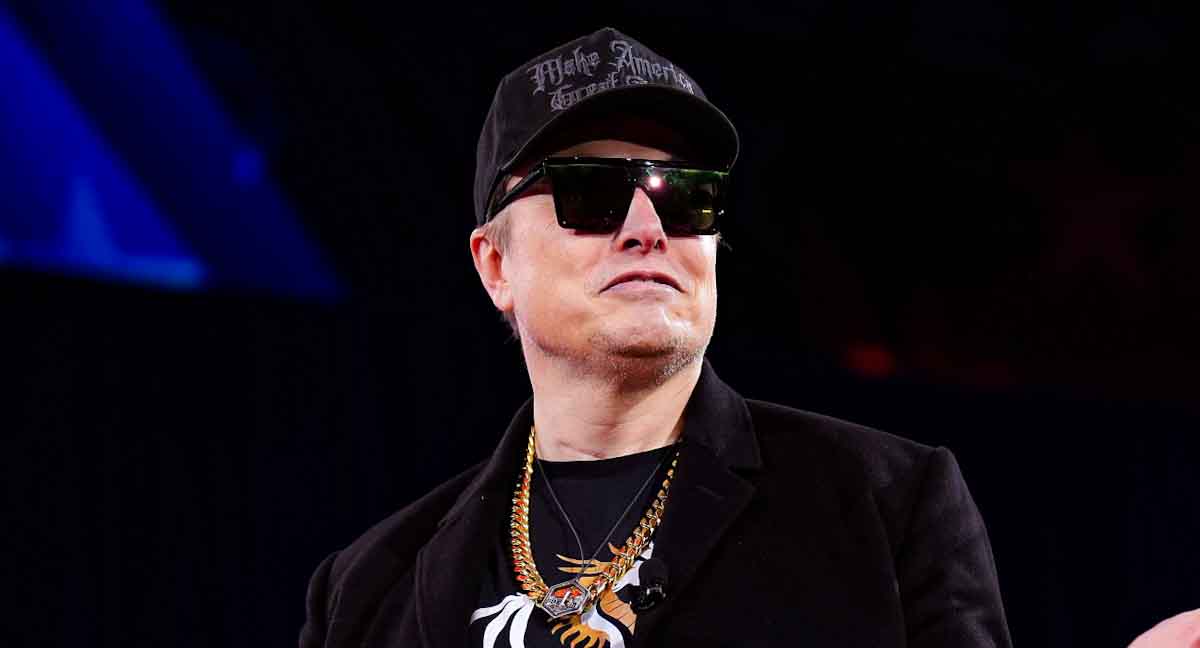Elon Musk’s leadership style and efficiency-driven approach have once again ignited a national debate, this time within the U.S. federal government.
Following his hands-on involvement in streamlining various operations in private industry, Musk’s recent efficiency review of federal agencies has led to significant discord between government officials, policymakers, and the public.
The Push for Government Efficiency
Elon Musk, known for his disruptive leadership at Tesla, SpaceX, and X (formerly Twitter), was brought in as a special advisor on government efficiency.
His mandate was clear: identify wasteful spending, eliminate inefficiencies, and introduce modern technological solutions to streamline operations. While the initiative was praised by proponents of small government, it quickly became a source of internal conflict within federal agencies.
One of Elon Musk key recommendations was a restructuring plan that proposed drastic workforce reductions and the integration of artificial intelligence (AI) to replace redundant bureaucratic processes. He suggested that AI could automate many of the government’s clerical and administrative functions, reducing dependency on large staff sizes.
However, critics argue that such measures risk undermining essential government functions and could lead to widespread layoffs without clear plans for transition or retraining.
Federal Backlash and Legal Challenges
Elon Musk push for efficiency did not sit well with many federal officials and lawmakers. Multiple agencies, including the Department of Labor and the Office of Personnel Management, raised concerns about the legality and practicality of his recommendations.
Unions representing federal workers have also opposed the initiative, arguing that it prioritizes cost-cutting over effective governance.
Legal experts have pointed out that Musk’s aggressive approach could violate labor laws and contractual agreements with federal employees.
A federal judge in New York recently placed an injunction on implementing certain efficiency measures, citing potential overreach in executive authority.
The ruling temporarily halted Musk’s proposed AI-driven automation plans, pending further review.
Political Divide and Public Reaction
The initiative has also become a politically charged issue. Former President Donald Trump, who played a key role in bringing Musk into the advisory role, has praised his efforts and urged him to push even harder. In contrast, lawmakers from the Democratic Party, along with some moderate Republicans, have expressed concerns over the long-term implications of Musk’s strategies.
Public opinion remains sharply divided. Supporters argue that Musk’s efficiency measures could save taxpayers billions of dollars and modernize outdated government systems.
Detractors fear that an overemphasis on cost-cutting could erode essential public services and lead to job losses, disproportionately affecting middle-class government workers.
The Future of Musk’s Government Efficiency Drive
Despite the controversies, Musk remains committed to his vision of a leaner, technology-driven federal government. His team is now revising their proposals to address legal and ethical concerns while still pushing for substantial reforms.
Whether his efficiency overhaul will be implemented in full, modified to align with existing government frameworks, or completely abandoned remains to be seen.
As the debate unfolds, one thing is clear: Musk’s involvement in federal operations has sparked a critical conversation about the balance between efficiency and governance. The outcome of this initiative could set a precedent for how private-sector leaders influence public administration in the future.
